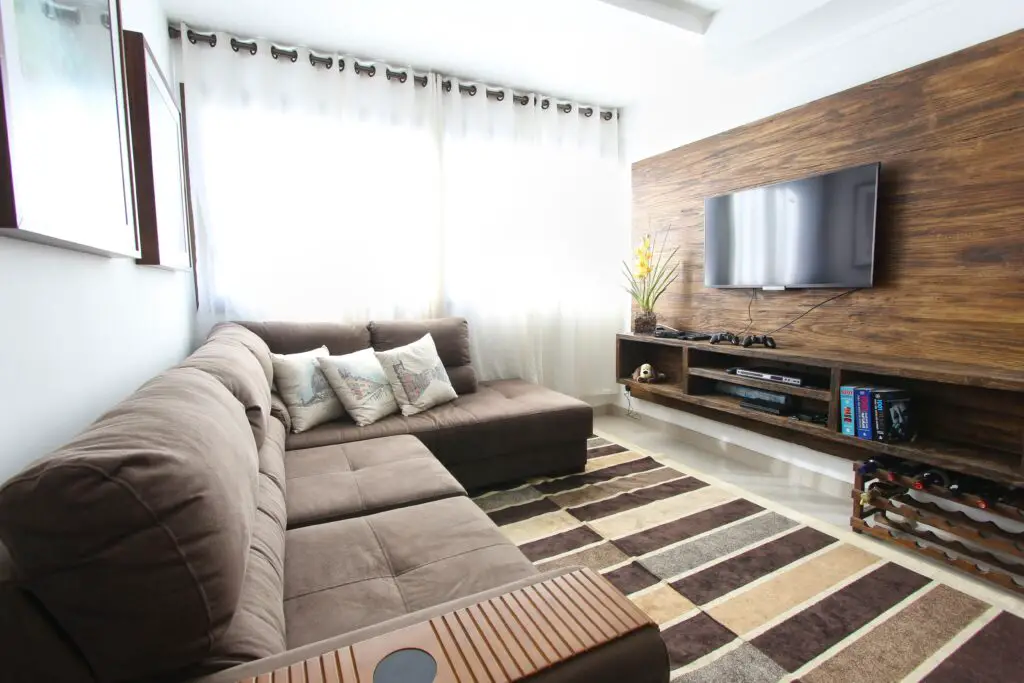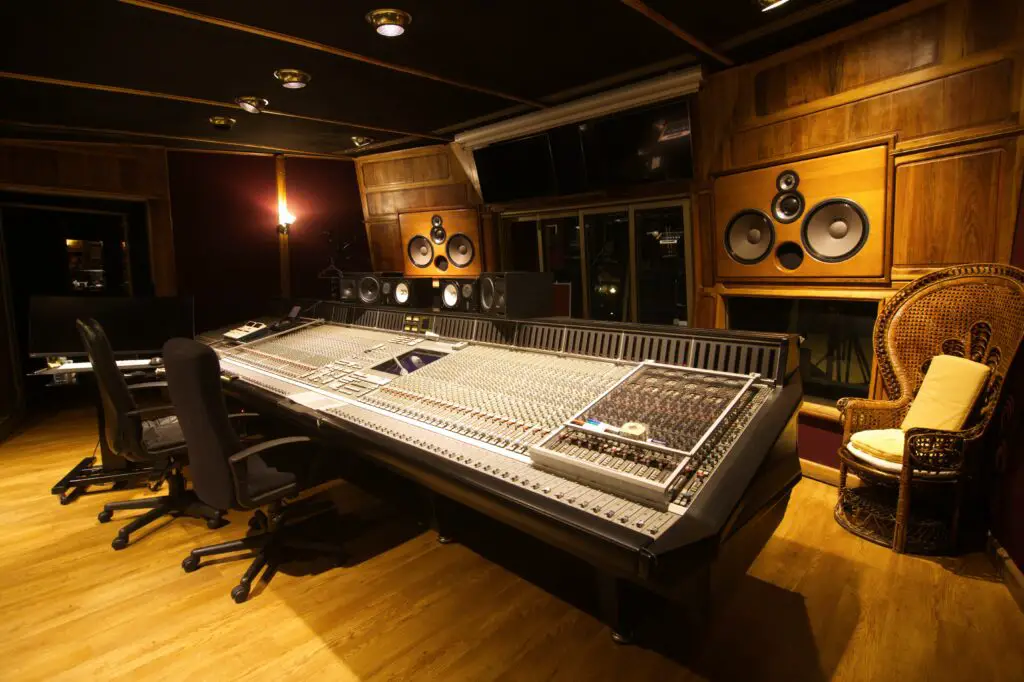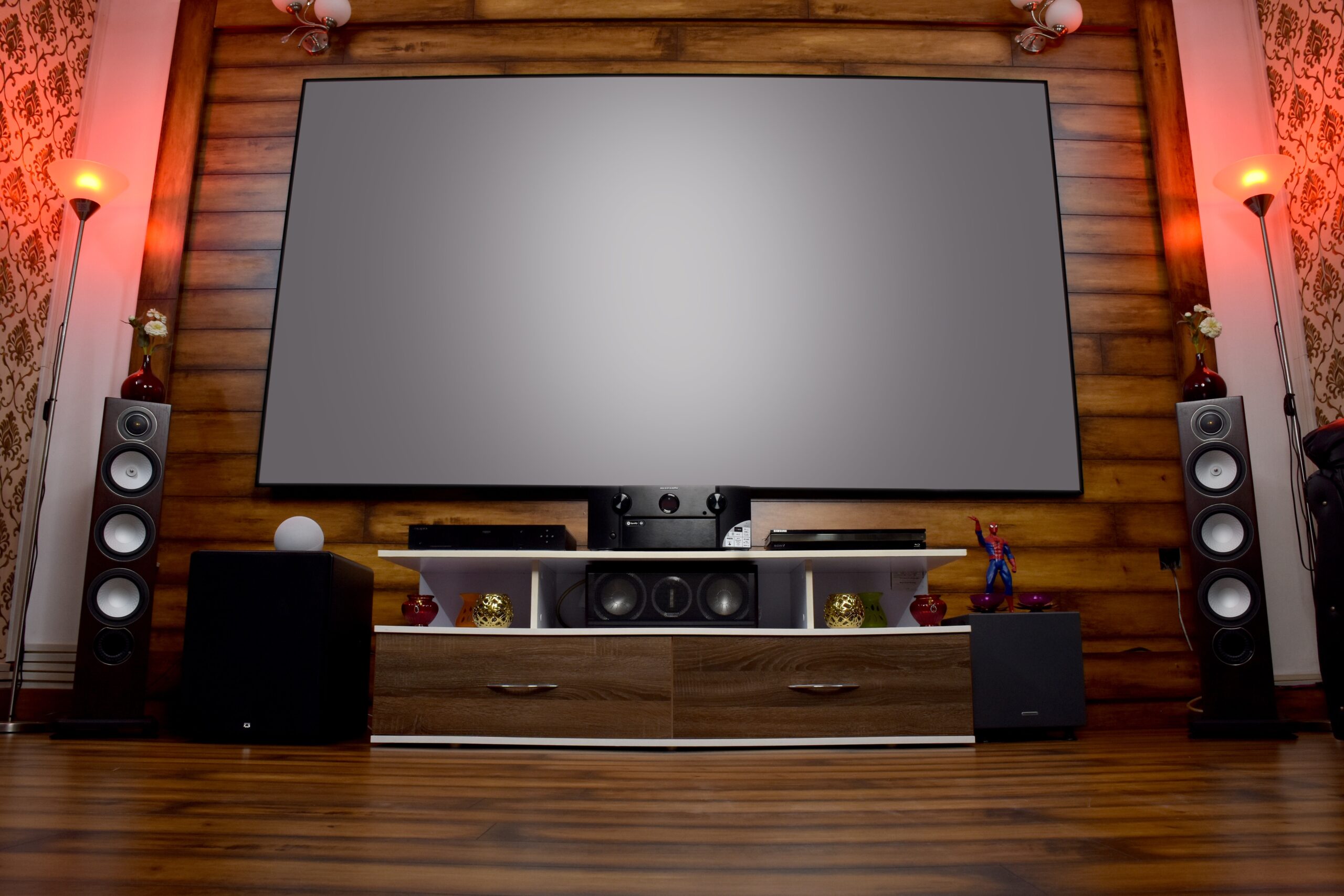Creating the ultimate home theater experience is not just about setting up a screen and a few speakers; it’s about crafting a cinematic haven where you can escape reality and dive into the world of your favorite movies, TV shows, and games.
In this comprehensive guide, we’ll take you through every step of the process, from choosing the right room to calibrating audio and video, ensuring you have the knowledge to design a home theater that delivers an unmatched entertainment escapade.
I. Setting Up Your Home Theater

A. Choosing the Right Room
The foundation of your home theater is the room itself. Select a room that strikes a balance between size and comfort. Larger rooms offer flexibility in seating arrangement, but smaller rooms can create a more intimate atmosphere. Controlling lighting is essential, as ambient light can wash out your screen’s image. Consider rooms with minimal natural light and invest in blackout curtains or blinds for control.
B. Selecting the Ideal Screen and Projector
The heart of your home theater lies in the screen and projector duo. Fixed screens offer consistent quality, while motorized screens add an element of versatility. Projector technology has come a long way, with 4K and laser projectors offering stunning visuals. Choose a projector that complements your room size and lighting conditions, ensuring crisp images and vibrant colors.
C. Positioning the Screen and Seating
The placement of your screen and seating can make or break the viewing experience. Optimal viewing angles ensure that everyone enjoys a clear image. Aim for a viewing angle of about 30 degrees from the horizontal, with the screen at eye level. When positioning your seating, consider audio as well; your ears should be aligned with the center of the screen for the best sound immersion.
D. Wiring and Connectivity
An organized wiring setup ensures seamless connectivity and reduces clutter. Use high-quality HDMI cables to transmit video and audio signals from your sources to the screen and audio system. For a clean look, consider in-wall cable management. Additionally, ensure your home theater is well-connected to your home network for smooth streaming experiences.
II. Audio System Setup

A. Selecting the Right Speakers
Speakers are the auditory gateway to cinematic magic. Choose speaker types that suit your preferences, such as floor-standing, bookshelf, or in-wall options. The size of your room should influence your choice – larger rooms might benefit from larger speakers, while smaller spaces can utilize compact options.
B. Placement of Speakers
Speaker placement plays a pivotal role in enveloping your space with sound. A 5.1 or 7.1 audio setup adds depth to your audio experience, while immersive audio systems like Dolby Atmos provide an even more captivating feel. Utilize speaker calibration tools to fine-tune their positions for optimal audio balance.
C. Subwoofers and Bass Management
Subwoofers inject depth into your audio by delivering low-frequency effects. Strategically place subwoofers around the room to balance bass response. Experiment with crossover settings to seamlessly integrate subwoofers with your main speakers, preventing audio gaps.
D. Soundproofing and Acoustic Treatments
Minimize sound leakage and enhance audio quality with proper soundproofing and acoustic treatments. Add bass traps and acoustic panels to control reflections, optimizing sound clarity. Carpeting and curtains can help absorb sound and reduce echo, transforming your home theater into a cinematic haven.
III. Video and Audio Calibration
A. Calibrating the Display
Calibrating your display ensures accurate colors and optimal visual quality. Adjust brightness, contrast, and color settings according to calibration tools or professional calibration services. This step is crucial for reproducing films as intended by their creators.
B. Audio Calibration
Audio calibration fine-tunes the sound to suit your room’s acoustics. Room correction software analyzes the audio response and makes adjustments to compensate for room-related issues. Manual tuning may also be necessary to achieve the perfect balance.
IV. Source Components and Content

A. Media Players and Streaming Devices
Choose reliable media players and streaming devices to ensure smooth playback of your content. Blu-ray players provide high-quality physical media playback while streaming boxes and media consoles offer access to digital content and apps.
B. Content Sources
Diversify your content sources by incorporating streaming services, digital downloads, and physical media. Subscribing to streaming platforms grants access to a vast library of movies and shows, while physical media offers unparalleled audio and video quality.
C. Home Network Setup
A robust home network is essential for seamless 4K streaming. Wired connections provide stability, but wireless networks can be suitable with strong Wi-Fi signals. Invest in high-speed internet to avoid buffering issues during streaming sessions.
V. Comfort and Aesthetics
A. Seating Options
Choose comfortable seating that accommodates your family and friends. Recliners, sectionals, and dedicated theater seats offer different levels of comfort. Pay attention to seat placement, ensuring everyone has an unobstructed view of the screen.
B. Lighting Design
Create the perfect ambiance with smart lighting solutions. Ambient lighting ensures safety during breaks, while accent lighting adds to the cinematic atmosphere. Dimmable lights and smart controls allow you to adjust the lighting according to your mood.
C. Room Decor and Aesthetics
Enhance the visual appeal of your home theater with well-thought-out decor. Consider wall treatments, posters, and even themed decor that resonates with your favorite movies. Strike a balance between personalization and a cohesive design.
VI. Control and Automation

A. Universal Remote Controls
Simplify your home theater operation with a universal remote control. These devices consolidate all your commands, reducing the need for multiple remotes. Some smart remotes also offer smartphone app integration for added convenience.
B. Home Theater Automation
Take automation a step further with smart home integration. Automated curtains and blinds can be programmed to open and close during movie sessions, and voice-controlled assistants like Alexa or Google Assistant can handle your home theater commands.
VII. Maintenance and Upkeep
A. Cleaning and Dust Management
Regular cleaning ensures the longevity of your equipment. Dust can accumulate on screens, projectors, and speakers, affecting their performance. Use appropriate cleaning tools and materials to maintain the quality of your setup.
B. Software Updates and Equipment Maintenance
Stay up-to-date with the latest firmware updates for your devices. Manufacturers often release updates that improve performance and fix bugs. Schedule regular equipment check-ups to address any potential issues before they escalate.
VIII. Troubleshooting Common Issues
A. Audio and Video Problems
Troubleshoot common audio issues like sound dropouts by checking connections and ensuring cables are secure. For video problems like screen flickering, verify cable integrity and experiment with different display settings.
B. Network and Streaming Issues
To resolve network-related problems, ensure that your router is functioning correctly and positioned optimally. Slow streaming or buffering issues can be alleviated by upgrading to a higher-speed internet plan or optimizing your Wi-Fi signal.
Conclusion
Creating the ultimate home theater experience is a journey that blends technology, design, and comfort. By meticulously selecting the right components, calibrating audio and video, and paying attention to every detail, you can transform your living space into a cinematic sanctuary.
Whether you’re a movie aficionado, a sports enthusiast, or a gamer, a well-designed home theater will provide endless hours of entertainment and immersion. So, embark on this exciting adventure and let your imagination run wild in the world of home theater magic.
Frequently Asked Questions
1. How can you improve a home theater experience?
Improving your home theater experience involves several key steps. Start by selecting the right room, screen, and projector for your space. Invest in high-quality speakers and calibrate both the audio and video settings. Diversify your content sources and consider comfort and aesthetics when designing your space.
2. How do you make a perfect home cinema?
Creating the perfect home cinema requires careful planning and attention to detail. Choose an appropriate room, invest in top-notch audio and video equipment, and optimize the seating and lighting. Soundproofing and acoustic treatments can enhance the experience, as can integrating smart home automation for convenience.
3. How can I improve the sound of my home theater?
Improving the sound of your home theater involves selecting the right speakers, positioning them correctly, and calibrating the audio settings. Consider adding subwoofers for deeper bass and invest in soundproofing and acoustic treatments to reduce sound reflections and echoes.
4. What do I need for a good home theater setup?
A good home theater setup starts with the right room, screen, and projector. You’ll also need high-quality speakers, a reliable audio/video source, and a well-organized wiring setup. Don’t forget comfortable seating, appropriate lighting, and control automation to enhance the overall experience.



